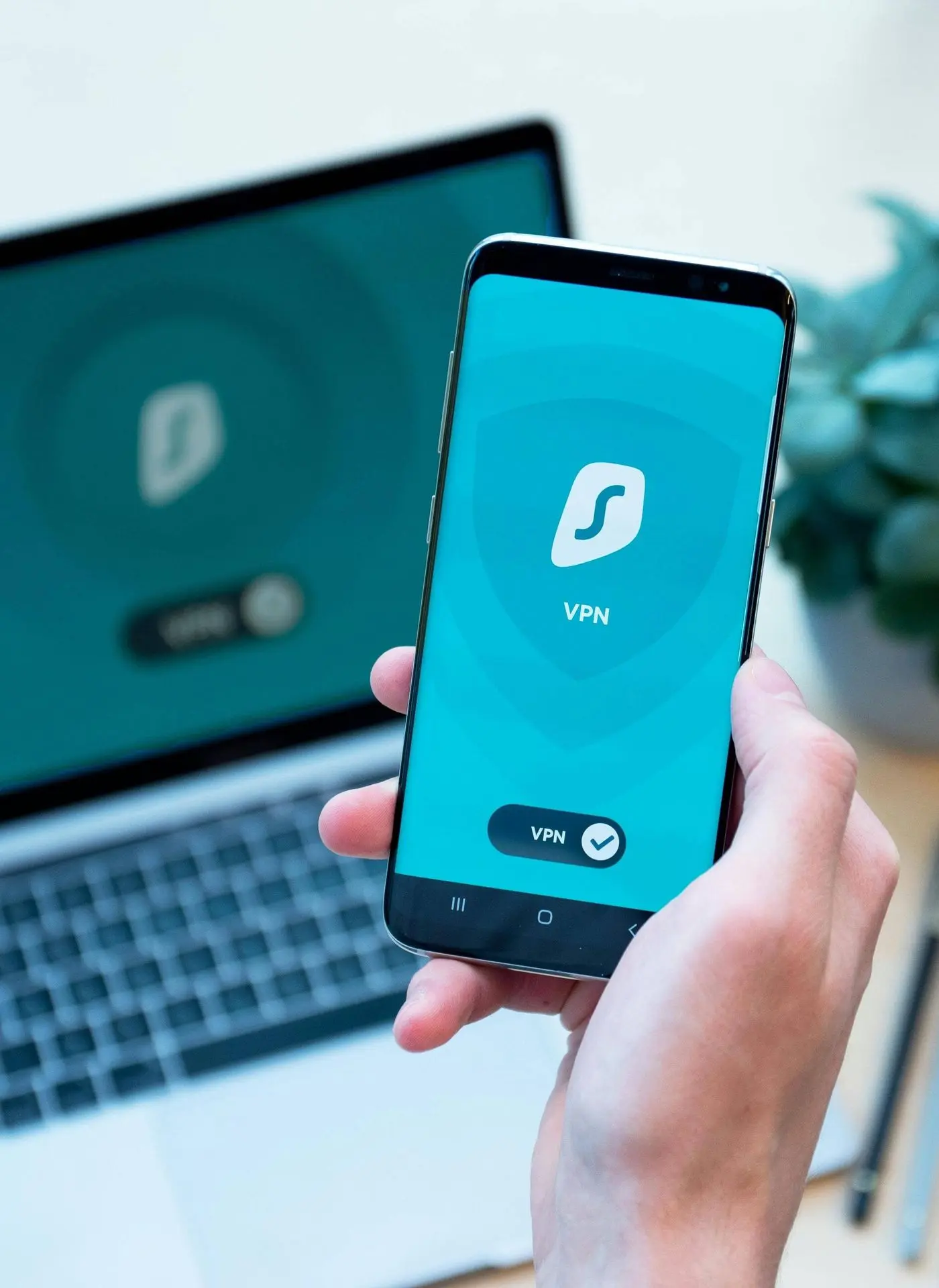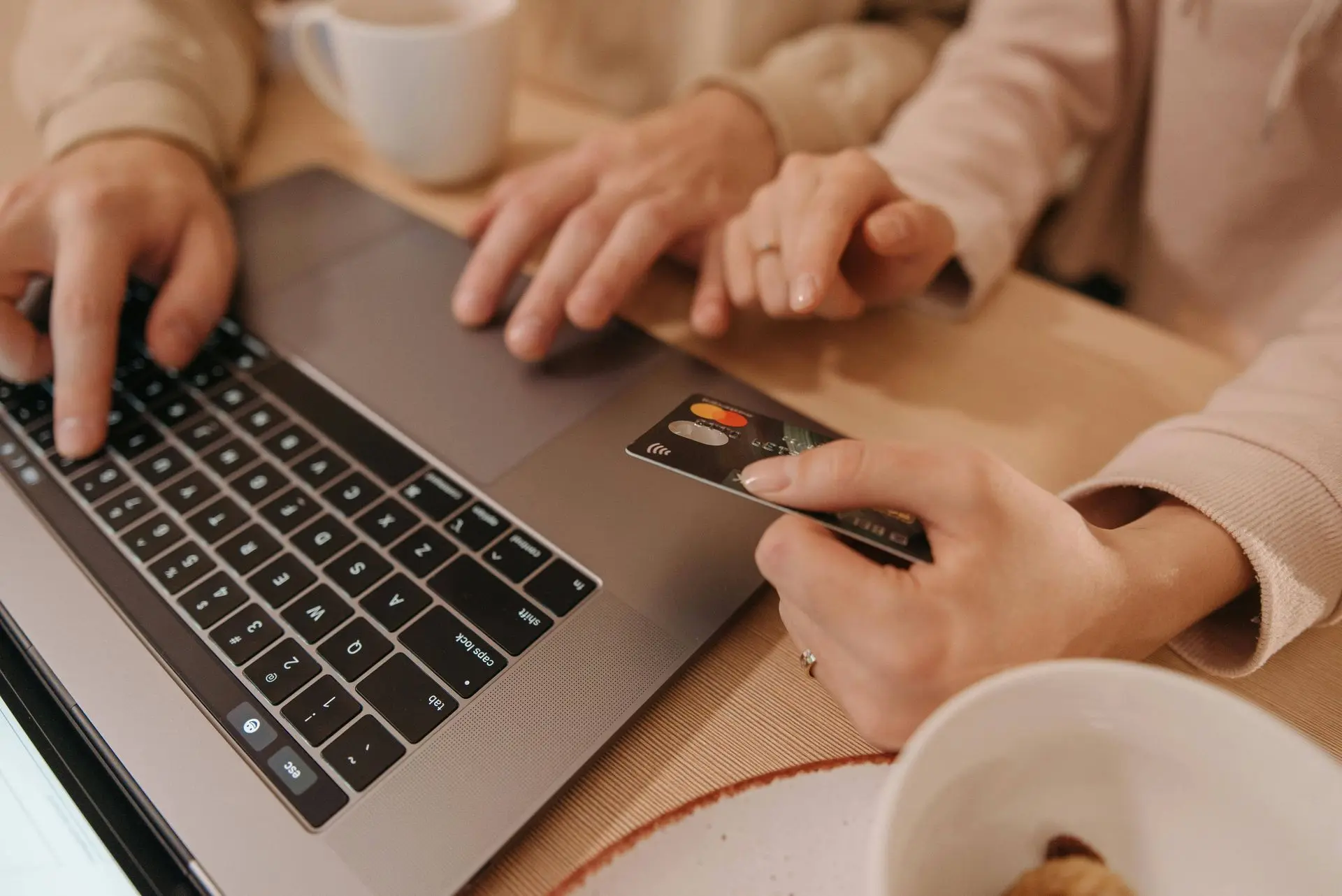Secure your online purchases.
Indispensable tools and tips
In today's digital world, online shopping has become part of our daily lives. However, with the convenience of online shopping also comes the risk of cyber attacks and fraud. To ensure a secure shopping experience, it's essential to know best practices and use the right tools to protect your personal and banking information. In this article, we'll explore software, browser extensions, trustmarks and best practices for securing your online transactions.
1. Use effective security software
Security software, such as anti-virus and anti-malware programs, are the first line of defence against online threats. They scan your computer to detect and eliminate malware that could steal your sensitive information. Here are a few solutions to consider:
- Norton Antivirus: One of the market leaders, it offers real-time protection against viruses, malware and other online threats.
- Bitdefender Total Security: Renowned for its efficiency, this suite offers comprehensive protection with features such as an integrated VPN and password manager.
- Malwarebytes: This software is particularly effective at detecting and eliminating spyware, Trojans and other malicious programs.
2. Install Browser Extensions for Enhanced Security
Browser extensions can add an extra layer of security to your online shopping experience. They block malicious ads, prevent phishing attempts, and monitor unsecured connections. Here are some recommended extensions:
- HTTPS Everywhere: forces websites to use secure HTTPS connections, protecting your data from interception.
- uBlock Origin : An open-source ad blocker that prevents malicious ads and trackers from loading.
- Privacy Badger : Developed by the Electronic Frontier Foundation, this extension automatically blocks invisible trackers that follow your online browsing.

3. See our Trust Labels
Avant de procéder à un achat, il est essentiel de vérifier que le site web est digne de confiance. Les labels de qualité et de sécurité sont des indicateurs précieux qui garantissent que le site respecte les normes de sécurité et de protection des données. Parmi les plus reconnus, on retrouve :
- SaferBuy : A product test label which guarantees quality and conformity with product pages. So consumers can buy with confidence when they see the SaferBuy label with a good rating on a sales page. This means that the product has been tested and approved. All SaferBuy tests can be found in the tab test Results.
- PCI DSS (Payment Card Industry Data Security Standard) : Ensures that the site complies with security standards for credit card transactions.
- VeriSign : A safety label which certifies that the site uses robust encryption protocols to protect your data.
4. Adopt Best Practices for Secure Transactions
In addition to the tools mentioned above, there are several best practices you can adopt to secure your online purchases:
- Use strong passwords: Opt for complex passwords, mixing letters, numbers and symbols. Change them regularly, and don't reuse them on different sites.
- Avoid public Wi-Fi networks : When carrying out sensitive transactions, use a secure connection, preferably a personal Wi-Fi network or VPN.
- Always verify website URL : Make sure that the site URL begins with “https://” and that a padlock appears next to the web address. This means that the connection is encrypted.
- Monitor your bank statements: Keep an eye on your account statements to quickly detect any suspicious transactions.
Securing your online purchases requires the use of effective tools, such as antivirus software and browser extensions, as well as the adoption of good security practices. Don't forget to check trust marks and always be vigilant when making transactions. By following these tips, you can enjoy your online purchases with complete peace of mind.
Nos articles les plus lus :


